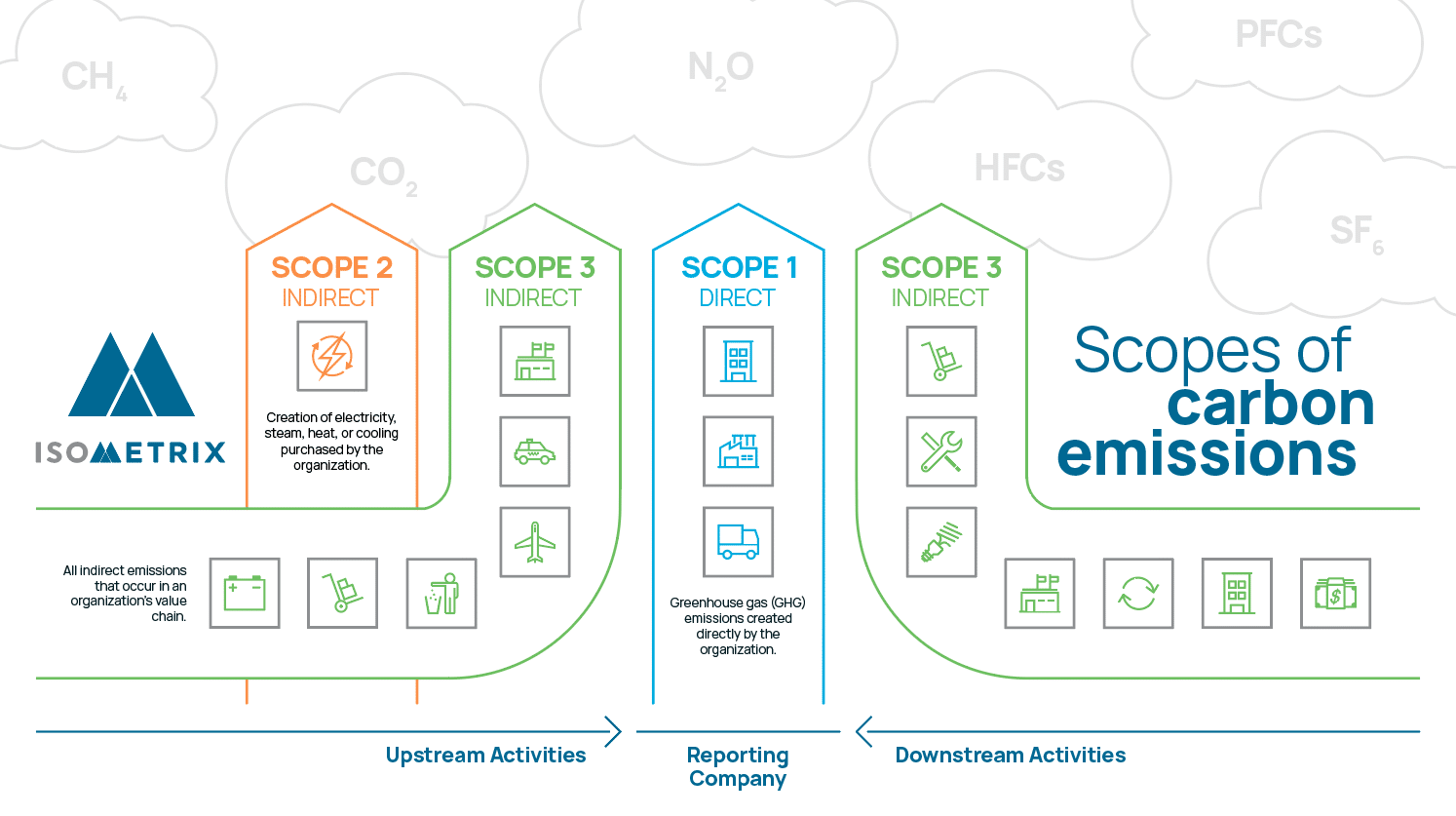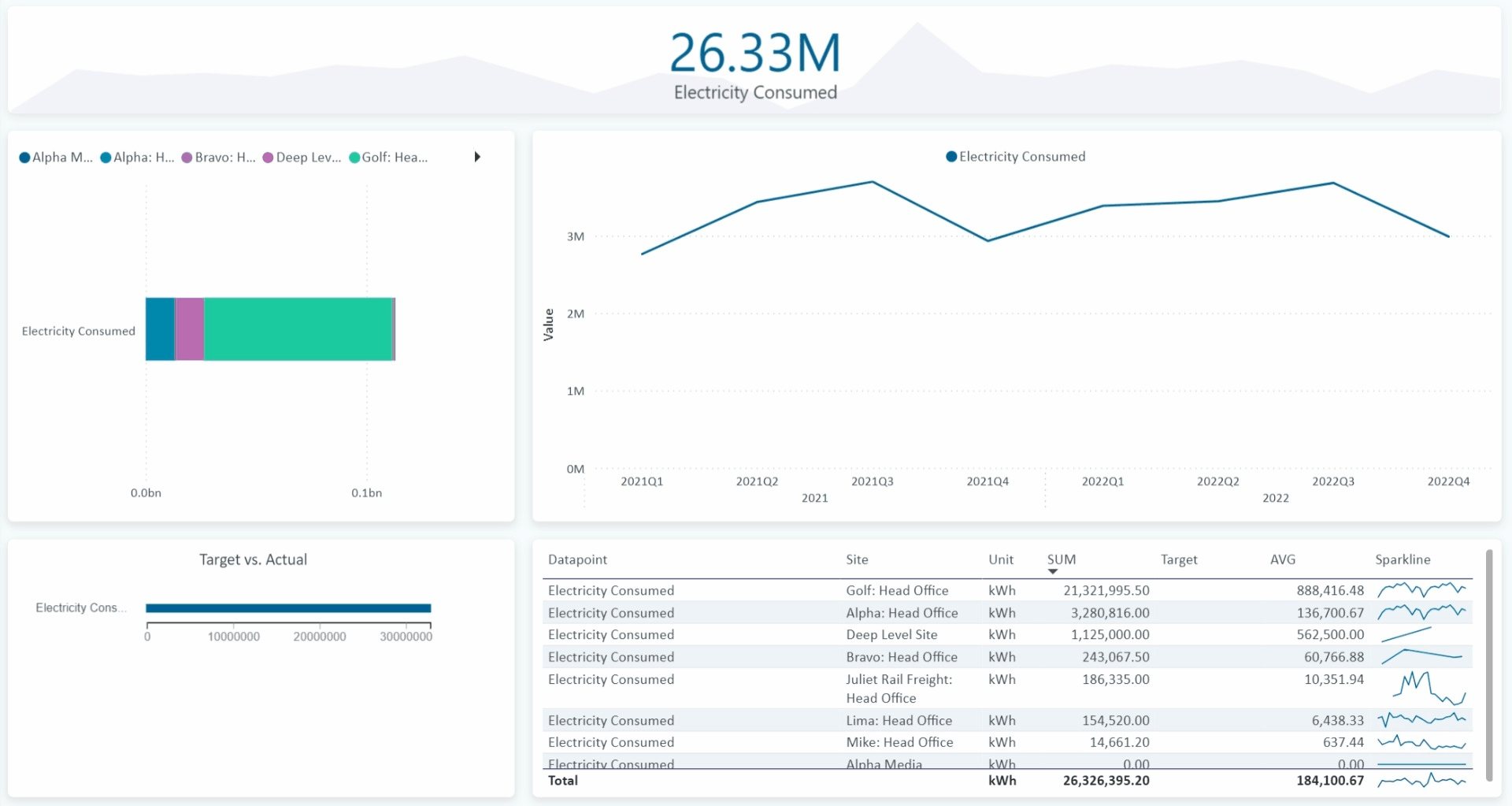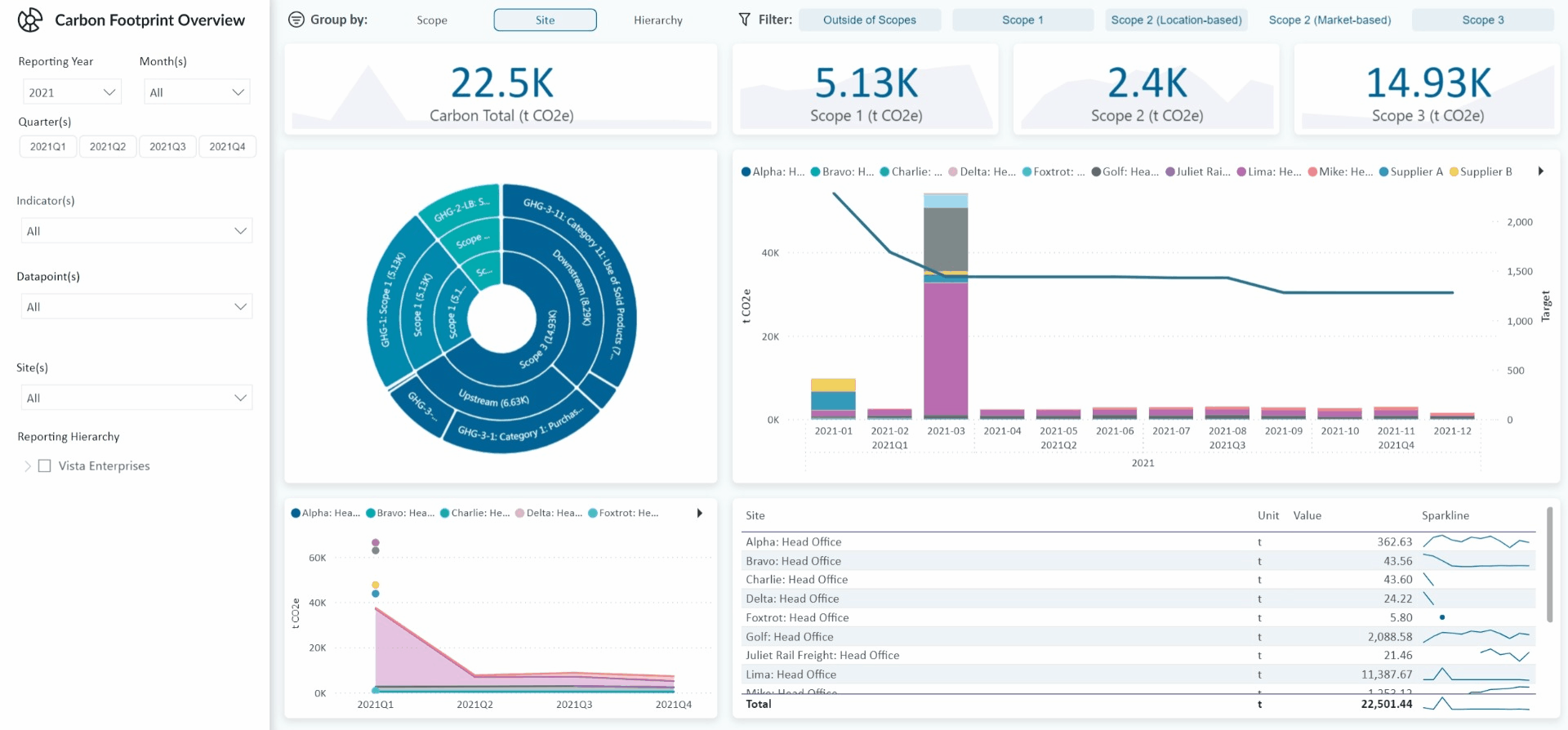Scope 1, 2, and 3 Emissions
A classification system for a company’s greenhouse gas (GHG) emissions.

Scope 1, 2, and 3 emissions are a way of classifying greenhouse gas (GHG) emissions, which strengthen the greenhouse effect and contribute towards global warming and are therefore coming under increasing scrutiny and regulation by governments and industry bodies.

Scope 1 Emissions
Direct emissions from company-owned sources, or sources under its direct control. For example, your own factory or manufacturing facility.
Scope 2 Emissions
Indirect emissions from the generation of purchased energy. For example, emissions generated by the power station from which you buy your electricity.
Scope 3 Emissions
These are all indirect emissions (not included in Scope 2) that occur in the value chain of the reporting company, both upstream and downstream. For example, delivery vehicle emissions generated in the process of bringing raw materials to your manufacturing facilities or taking your finished goods to your customers.

Our ESG and carbon footprint management software can assist to:
-
- Identify your emissions sources, track the consumption, and calculate your emissions per greenhouse gas
- Provide you with access to a global standard emissions factors database via our in-built calculation engine
- Set emission reduction targets and track your progress


IsoMetrix Lumina also includes the following emission factor libraries as established content within our indicator library for any Lumina user.
-
- Greenhouse Gas (GHG) Protocol
- Department for Environment, Food, and Rural Affairs (DEFRA)
- AP-42: Compilation of Air Emissions Factors | US EPA
- Code of Federal Regulations Part 98: Mandatory GHG Reporting






